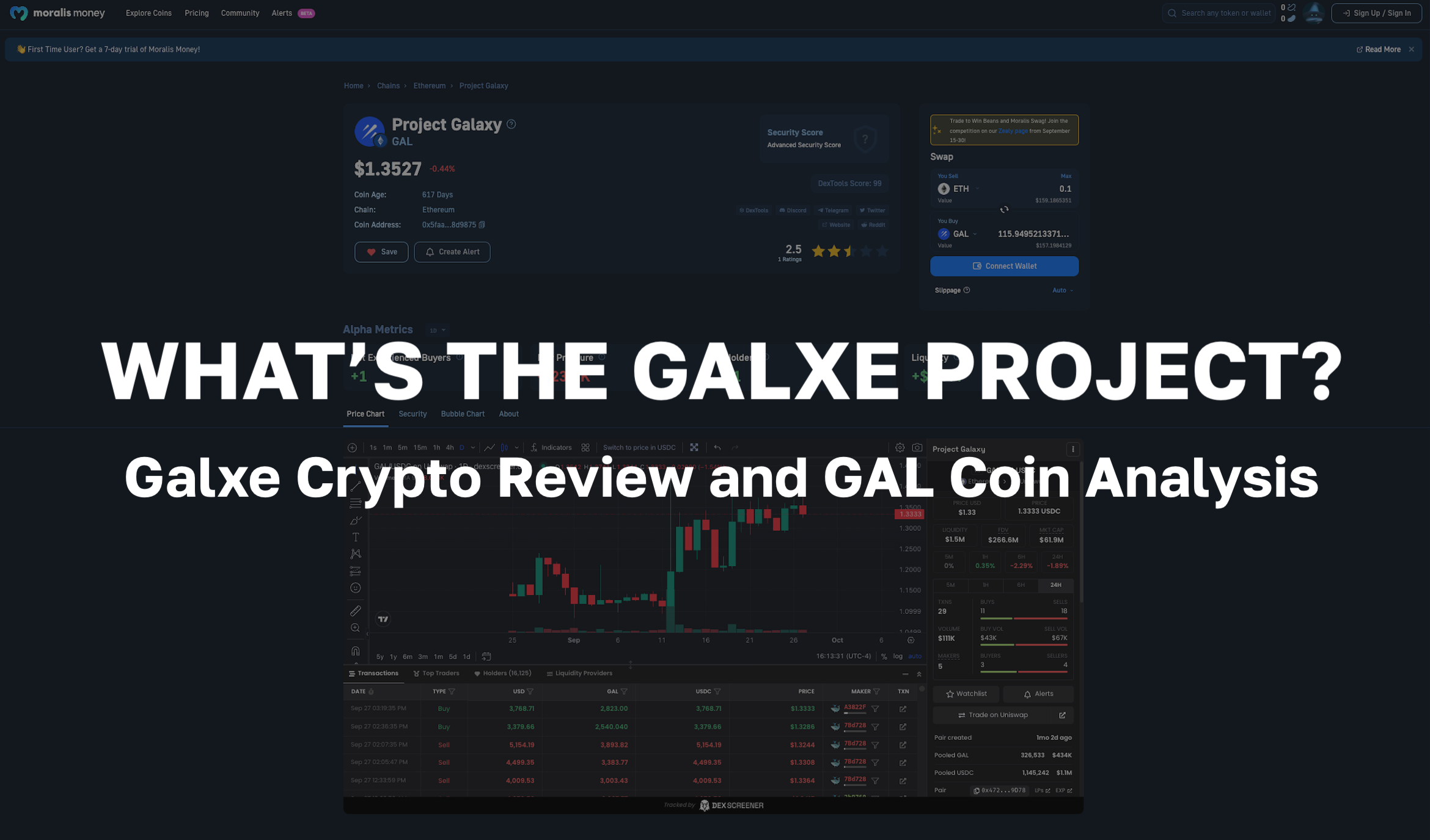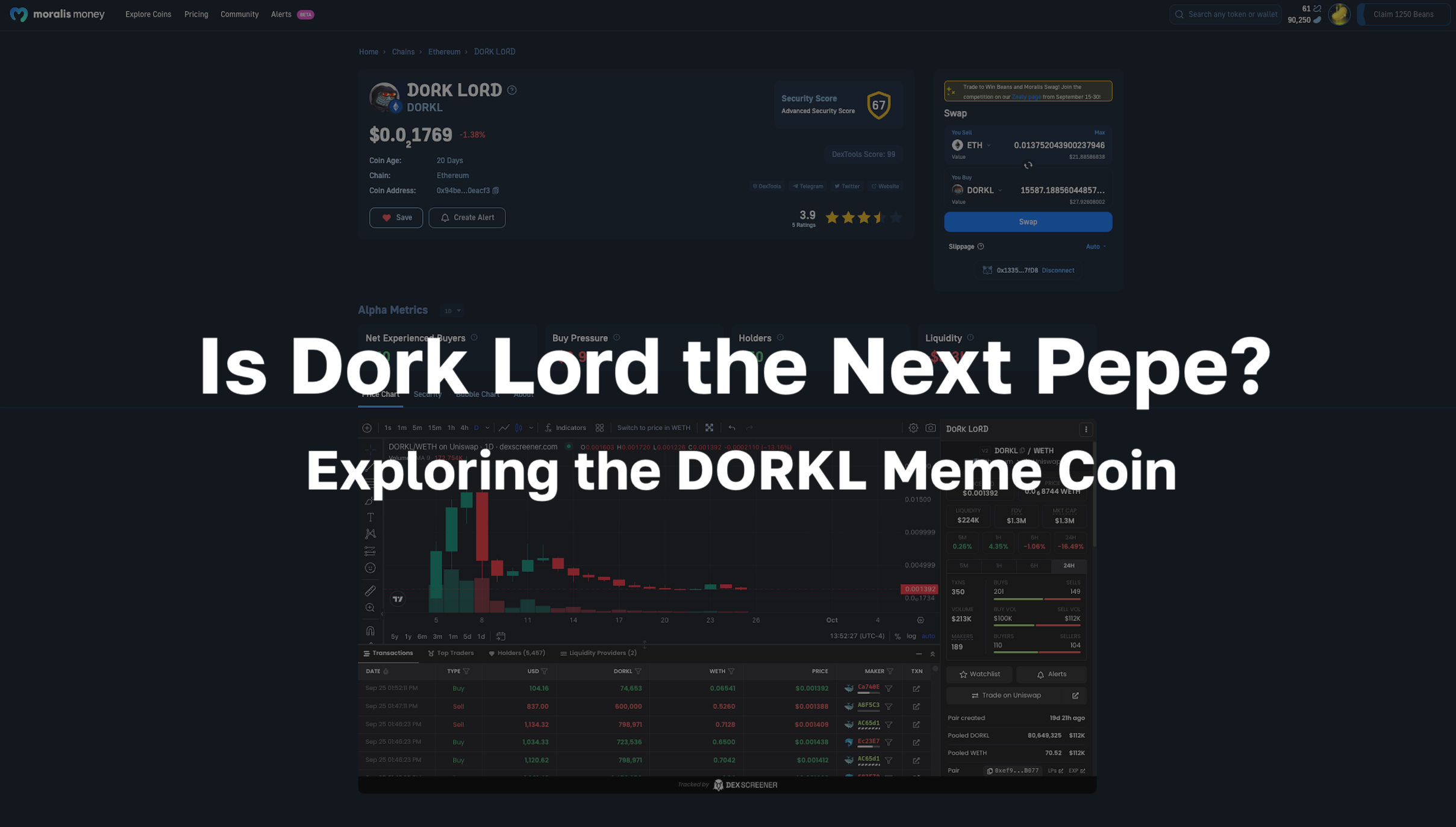The long-awaited merge from PoW to PoS is finally here, and the network currently lives in an Ethereum post-merge state. But, Ethereum's post-merge has left users perplexed, wondering what the future of Ethereum now looks like. As Ethereum has switched to proof-of-stake (PoS), it utilizes far less energy and resources than before. What does this mean for the environment, the price of ETH, and the overall crypto market? In this article, we'll discuss what to expect from this merge, its environmental impact, the differences between proof-of-work (PoW) and proof-of-stake, and any Ethereum post-merge implications.

Ethereum Post-Merge: What to Expect Now?
Although the Ethereum merge (a.k.a. The Merge) is a significant event in the history of crypto and blockchain technology, its implications on price action are a bit more complex than some might believe. The energy-intensive proof-of-work (PoW) algorithm was understandably a concern for the environment. However, now, with a 99% decrease in its energy use and carbon footprint, Ethereum post-merge is more attractive than ever to investors and developers.
While its native token, ETH, may have taken a minor plunge after the news of the merger, there is still much to look forward to. As we speak, a portion of ether transaction fees gets burned and taken completely out of the network. Moreover, less ETH circulation could mean higher price action in the long term.
PoS gives access to more users to participate in the network because it does not require the complex and expensive mining equipment and extensive energy that PoW does. Furthermore, PoS consensus will incentivize staking on Ethereum. With less Ethereum circulating in the network, there will likely be less pressure to sell, causing deflationary price action. There were an average of about 13,000 ETH issuances with PoW rewards. The PoS consensus serves the same security and scalability as before but with a 90% drop in issuance rate, yielding about 1,600 ETH per day.
Another attractive feature of the Ethereum post-merge is the drop in price of Ethereum's previous gas fees. Gas fees were a setback before The Merge because they sometimes cost more than the total transaction itself. Now, with the new and improved PoS algorithm, gas fees will see a drop.

Proof-of-Work vs Proof-of-Stake
Ethereum just transitioned from a proof-of-work consensus to a proof-of-stake consensus algorithm, and it's kind of a big deal. Further, this means that the network will now rely on validators instead of miners. Moreover, let's talk in more detail about what PoW and PoS entail, their differences, and the advantages and disadvantages of these methods. Additionally, let's explore what it means for the Ethereum network to function on PoS and what that could mean for future price action. Is one function better than the other? Let's find out.
For a block to be appended to the blockchain, it must first go through a verification process. This verification process usually happens either through the PoW or PoS protocols. Also, these protocols keep the blockchain network secure. PoW has two types of classifications. As illustrated below, the first one is known as the challenge-response protocol. In this protocol, the server chooses a challenge, and the client finds the relevant response in the set; then, that set is sent back to the server to verify the transaction. As you can imagine, this is an energy-intensive protocol.
In exchange for its services, a server can demand a PoW token. Requiring a token can alleviate the toll on the server, such as internet bandwidth, disk space, administration, and electricity use. Furthermore, since its creation in 2009, Bitcoin has utilized the PoW mechanism. Estimates from the University of Cambridge in 2018 reveal that the electricity consumption of cryptocurrency mining is equal to that of Switzerland. The second type of PoW classification is the solution-verification, as illustrated below:
More on Proof-of-Stake
On the other hand, PoS is energy efficient. In fact, PoW is about one thousand times more energy-intensive than PoS. A study in 2021 by the University of London reveals that the energy consumption of Bitcoin is still a thousand times more than the highest PoS system, even in the most favorable conditions. Moreover, earlier this year, the European Securities and Markets Authority Vice-Chair Erik Thedéen called for a ban on the proof-of-work model, citing the benefits of the proof-of-stake configuration instead.
Compared with the PoW configuration, PoS doesn't require advanced hardware to create new blocks. There is less of a risk of centralization with PoS as PoS will likely lead to more nodes in the network for validation. Furthermore, since it is more energy-efficient, there is less incentive to issue as many ETH as PoW. Also, attacks on the Ethereum blockchain are less likely under the PoS protocol. The 51% style attacks would be too costly for any potential attacker of the network.
To participate as a validator, users must deposit 32 ETH into the deposit contract and run just three components: an execution client, a consensus client, and a validator. Once activated, these validators receive new blocks from peers on the Ethereum network. The transactions delivered in that block are then carried out again, the block signature verified, and an attestation is then distributed across the network by the validator in favor of that block.

Energy Consumption of Ethereum Post-Merge
Concerns for the global climate are rising. Most corporations are adopting green technologies that have less of a harmful impact on the environment. With its transition to a PoS system, Ethereum is now a green network. The overall energy consumption and carbon footprint of the Ethereum network are reduced by about 99.9%. Furthermore, Ethereum's current energy expenditure is about .01 TWh per year. In comparison, Bitcoin utilizes about 200 TWh at that same time. Moreover, Bitcoin emits approximately 100 megatons of carbon, generating about 32,000 tons of electrical waste from obsolete hardware annually. In comparison to Bitcoin's energy consumption, Ethereum's energy expenditure seems nearly non-existent.

What Will Happen to the Price of Ethereum?
Anything is possible in crypto. Even when all the signs point to a bullish market, a crash could suddenly make the entire market crumble. As seasoned crypto traders know, Bitcoin and altcoins usually do the opposite of what you expect. That's why seizing profits from time to time is essential. With that in mind, it's also important to note that post-merge Ethereum is deflationary. With Ethereum supply burning and the incentive to stake the coin, the Ethereum price is likely to increase, especially in the long term.
Crypto markets are highly volatile and unpredictable. It's important to invest only what you are willing to lose. While many were expecting a rally with the price of Ethereum post-merge, the token took a dive after the announcement. It's a classic example of "buy the rumor, sell the news".
Don't let the recent decrease in price action fool you; this new era of Ethereum is a historical one that could likely bring many positive changes to the cryptocurrency space.

How Will Ethereum’s Merge Affect Bitcoin?
Ethereum's upgrade to the PoS (proof-of-stake) consensus algorithm, making it more efficient and fast, could boost overall confidence in the cryptocurrency market. If successful, Ethereum post-merge could result in a rally for Bitcoin and all other altcoins. However, it could also have little to no immediate effect on the price of Bitcoin. It is more likely that various altcoins and Ethereum will follow Bitcoin's price action than the other way around, especially with Bitcoin being the "All-father" of crypto.
Why is Ethereum Post-Merge Deflationary?
With ETH supply burning constantly and PoS rewards being just a fraction of what they were before, ETH could become deflationary. Furthermore, nearly $4,000,000,000 worth of ETH has been burned since August of 2021 and permanently terminated from the market. However, whether or not Ethereum will be deflationary will depend on a few future events.
For ETH prices to go up and remain deflationary, there must consistently be higher demand than supply. In the case that ETH loses popularity, or The Merge isn't the expected success to its supporters, demand could take a nosedive. No one can surely say what will happen with supply and demand in the future. Therefore, it's a good idea to always take precautions and invest carefully.

What are the Benefits of Staking My ETH?
Staking your Ethereum tokens can be a relatively quick and simple way to make some passive income. There are several different ways to go about staking your Ethereum tokens. Most exchanges offer a simple way to do so just by verifying your identity and staking your desired coins, automatically receiving your rewards. Staking your Ethereum directly through your ledger is another option and may be more rewarding. Plus, staking your Ethereum directly from a ledger is more secure than using a CEX (centralized exchange).
On average, exchanges are currently offering around a 5% return when staking ETH. On the other hand, staking through a ledger could yield as much as 18%, depending on the amount you deposit. Also, you can even calculate your approximate staking rewards. Staking directly through your ledger provides the benefit of avoiding fees that are often associated with exchanges such as Binance.
Once you stake your ETH, it is locked into the network for your chosen length of time. This may be a disadvantage to some as they may want to sell their ETH during an unexpected rally. Moreover, while there are risks involved with staking any cryptocurrency, it's important to do your due diligence and make the decision that best fits your circumstances.
Risks Involved with Ethereum's Merge
Will PoS cause more centralization on the Ethereum blockchain? Is the PoS consensus algorithm keeping the network just as secure and scalable as before? These may be some questions regarding Ethereum post-merge. Naturally, all change comes with challenges and speed bumps. Time will tell how the network responds to the transition. Overall, PoS is significantly faster and more efficient than ever before.
Critics suggest the PoS requirement for validators to hold a large bag of ETH could compromise the network. With so much control of the network, ill-willed hackers will presumably have easier access to a 51% attack.

Ethereum Post-Merge - Summary
In this article, we explored the future of Ethereum and what we can expect from the Ethereum post-merge state in which the network currently exists. In addition, this article compared the consensus algorithms pre-merge and post-merge: PoW and PoS.
Ethereum post-merge presents a new era to the blockchain world and cryptocurrency market. In due time, we shall see if The Merge will really benefit Ethereum or not. Furthermore, no one can confidently say what will happen to the price of Ethereum's native currency, ETH. Also, it's uncertain if Ethereum post-merge will finally go its own way in terms of price action or if ETH and other altcoins will continue to follow the trend of Bitcoin's price.
What we can conclude, though, is that with Ethereum's deflationary feature, energy efficiency, and scalability, Ethereum will remain a popular blockchain network for both investors and developers.
If you are an aspiring blockchain developer and would like to emerge into the world of Ethereum development, enroll in Moralis Academy's Ethereum Dapp Programming course. In that course, you'll learn everything needed to create and deploy your own dapp (decentralized application). What's more, you'll explore how to build an NFT marketplace!





